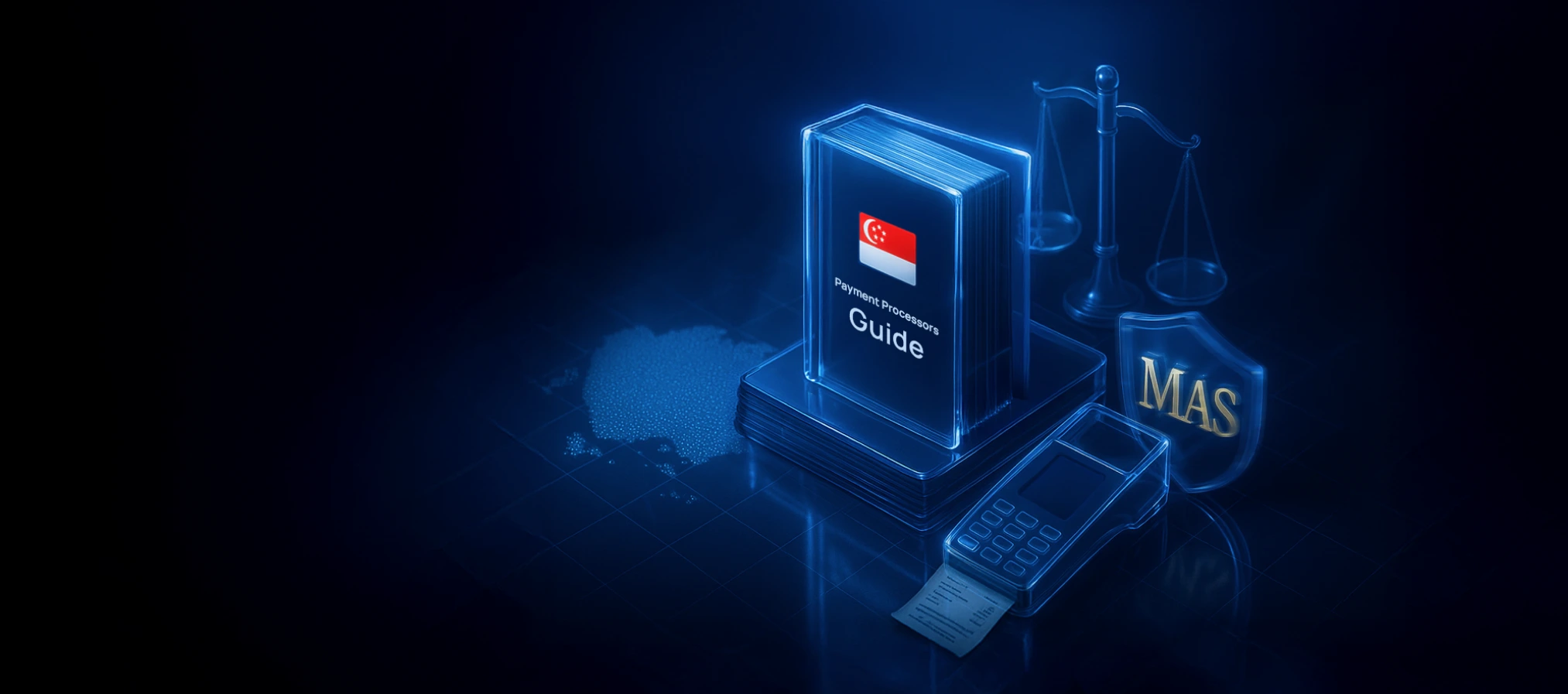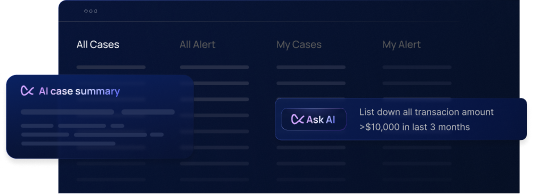False positives are one of the biggest challenges in AML (Anti-Money Laundering) screening. These are alerts that flag a potential match to a sanctions, PEP, or other watchlist, but turn out to be false. High false positive rates overwhelm compliance teams, waste investigative resources, and slow down onboarding or transaction processing. Minimizing these noisy alerts is critical so that analysts can focus on true threats and maintain an efficient, compliant operation. This guide outlines a two-pronged approach to reduce false positives: first by prevention; fine-tuning your screening system to avoid unnecessary alerts, and second by suppression; leveraging Flagright’s AI Forensics for Screening agent to automatically clear likely false positives. The result is a smarter screening process that stays robust against risk while drastically cutting down wasted effort.
Prevention: Fine-Tune Your Screening Configuration
The first step to reducing false positives is optimizing how your screening system generates alerts. Many false hits can be prevented by adjusting system configurations and using intelligent matching strategies. Key prevention techniques include:
- Calibrate Matching Algorithms and Thresholds: Choose the right name-matching algorithm and sensitivity for your needs. For example, Jaro-Winkler vs. Levenshtein string matching each have strengths depending on the context (short individual names vs. longer company names). Adjusting the similarity threshold (how close a name match needs to be to trigger an alert) can filter out spurious hits. A higher threshold means the system is stricter, fewer false positives, but be careful not to miss true matches. The goal is to strike a balance that catches real risks while ignoring harmless variations in spelling or formatting.
- Use Stopwords and Tokenization: Configure your screening to ignore common words and irrelevant tokens that often cause mismatches. Many AML tools (including Flagright’s platform) allow stopword management, e.g. excluding terms like “Ltd”, “Inc”, “Bank”, or other frequently occurring words from the matching logic. Removing these generic terms means “ABC Bank” won’t falsely hit against “Bank of XYZ” just due to the word "Bank". Similarly, tokenization and special character handling help normalize data (splitting names into components, ignoring punctuation or titles) so that alerts trigger only on meaningful name components. These configurations ensure the screening engine compares the right pieces of information, reducing noise.
- Leverage Secondary Identifiers: Wherever possible, incorporate additional data points to validate potential matches. Screening systems should utilize information like date of birth, nationality, customer ID, or address alongside name matches. For example, if a watchlist shows a “John Smith” born in 1970 from Canada and your customer “John Smith” was born in 1990 in Singapore, the system can automatically dismiss this as a false hit. By cross-checking multiple identifiers, you avoid flagging innocent customers who happen to share common names with bad actors. The more context your system considers, the fewer false positives you’ll encounter.
- Apply Risk-Based Thresholds: Not every screening alert warrants the same level of scrutiny. Implement a risk-based approach where you fine-tune thresholds or filters based on risk factors. For example, you might use stricter matching for high-risk jurisdictions or certain customer types, and slightly relaxed criteria for low-risk ones. Flagright’s screening solution supports intelligent filtering and real-time data updates to help focus on what matters. By tailoring the screening sensitivity to the risk profile, you reduce false alarms on low-risk scenarios while still catching true positives in higher-risk cases.
- Keep Watchlists Current and Clean: Outdated or overly broad watchlist data can generate false positives on individuals who are no longer relevant or sanctioned. Ensure your screening tool uses up-to-date, quality data and automatically syncs with the latest sanctions and PEP lists. Remove or suppress entries that are known to cause repetitive false hits (for instance, deprecating old aliases or irrelevant entries if allowed by your compliance policy). Up-to-date data integration prevents unnecessary alerts on removed names and reflects the latest intelligence. In short, good data hygiene and regular list maintenance go a long way in preventing bogus alerts.
By implementing the above measures, many false positives can be prevented at the source, the screening system becomes smarter about who it flags. However, no system can eliminate all false positives purely through configuration; there will always be some ambiguous cases or edge scenarios that trigger an alert. This is where an automated suppression mechanism becomes invaluable.
Suppression: Automate False Hit Resolution with AI Forensics
Even with optimal tuning, some alerts will slip through that turn out to be false positives. Traditionally, analysts must review each alert, compare details, and decide if it’s a true match or a false alarm. This manual process is time-consuming and costly. Flagright’s AI Forensics for Screening agent is designed to tackle this challenge by automatically investigating and clearing false positive alerts in real time. Rather than a generic “black box” AI, it’s a purpose-built compliance AI integrated into the Flagright platform, and it operates as an extension of your team’s Level 1 (L1) alert investigation process.
How Flagright’s AI Forensics for Screening Works
Flagright’s AI Forensics for watchlist screening empowers compliance investigators by combining advanced machine learning and contextual analysis to review alerts with human-like precision—only much faster. The system analyzes watchlist entries, customer profile data, and historical decision patterns to determine whether an alert is a false positive or a true match, filtering out roughly 93% of false positives. It operates according to each institution’s Standard Operating Procedures (SOPs), ensuring all alert assessments remain consistent, accurate, and compliant with regulatory standards. This intelligent automation enables investigators to focus on high-risk cases while maintaining continuous efficiency and reliability.
Learning from Analyst Feedback
One of the most powerful features of Flagright’s AI Forensics for Screening is its ability to continuously learn and improve. The agent doesn’t operate on a static set of rules, it leverages machine learning that adapts with each decision and analyst input. When a human analyst reviews an alert (for example, if the AI flags something for review or if the AI’s decision is audited), those outcomes feed back into the model. Flagright’s AI uses analyst feedback and new data to refine its accuracy over time. This means the more you use it, the smarter it gets at recognizing what constitutes a false positive in your specific environment. Over time, your false positive rate keeps trending downward as the AI continuously fine-tunes its understanding of your risk context and policies.
Transparent and Auditable Decisions
Compliance teams and regulators are understandably cautious about AI making decisions in AML. Flagright addresses this by ensuring full transparency and auditability in every action the AI agent takes. All decisions made by the AI Forensics for Screening agent are explainable and logged with detailed audit trails. The system doesn’t just auto-clear an alert silently, it writes a disposition narrative for each alert it processes, documenting why it cleared a hit or escalated it. These narratives provide the rationale (e.g. “Name mismatch on middle name and date of birth did not match; likely a different individual, cleared by AI”) which can be reviewed by compliance officers or auditors. Every automated clearance is recorded, timestamped, and tied to the AI agent’s ID, so you have a complete history of actions. This level of transparency means you maintain control and oversight: the AI’s decisions can be reviewed at any time, and your team can trust that nothing is being done “in the dark.” In fact, Flagright’s platform was built with a compliance-first mindset, so the AI agent’s behavior is fully aligned with regulatory expectations of diligence and record-keeping.
Seamless Integration with Compliance Operations
Because Flagright’s AI Forensics for Screening is part of the Flagright AML compliance platform, deploying it does not require heavy technical work or separate systems. It can be enabled in the workflow where alerts are generated, whether through the user interface, via API, or batch processing, to start handling alerts immediately. The AI agent works hand-in-hand with your AML case management: for instance, it can auto-close an alert as “false positive – cleared by AI” and attach the explanation, or flag uncertain cases for human review. Your compliance team can define the parameters for the AI (such as what types of alerts or risk levels it should auto-clear versus escalate), ensuring that the AI operates under your oversight and risk appetite. This tight integration means you get the efficiency benefits of automation without losing the governance and customizability of a human-in-the-loop system.
A Compliance-First Approach to False Positive Reduction
Minimizing false positives in AML screening isn’t about choosing between humans or AI – it’s about leveraging both effectively. First, you prevent as many false alerts as possible through smart configuration: use the right algorithms, data filters, and thresholds to make your initial screening smarter. Then, you suppress the remaining noise using Flagright’s AI Forensics for Screening to automatically clear the low-risk, false alarms that do occur. This combined approach yields the best results: a dramatic drop in false positives and a more efficient compliance operation. Analysts are freed up to investigate true suspicious matches instead of drowning in tedious reviews, which improves overall risk management and keeps your institution safer.
Crucially, all of this is achieved while maintaining compliance rigor. Every configuration change and AI decision is documented. The AI agent’s actions are fully auditable and explainable, ensuring regulators’ comfort that no alert is ignored without justification. By adopting a prevention-first and AI-augmented strategy, AML and screening teams can drastically reduce their false positive burden, focus on the alerts that truly matter, and do so in a transparent, controlled manner. It’s a practical, compliance-first path to screening efficiency, cutting through the noise of false positives so you can spotlight the real risks.
Flagright’s AI-native platform empowers compliance teams to screen smarter, not harder. By combining advanced screening tools with the AI Forensics for Screening agent, false positives can be reduced by up to 93%, allowing teams to focus on stopping real threats instead of chasing false alerts. This intelligent approach strengthens financial crime compliance solutions, boosts efficiency, and safeguards both your organisation’s reputation and resources. With Flagright, AML operations become more effective, accurate, and resilient—catching bad actors while protecting legitimate customers and your team’s productivity.
About the Author
Joseph Ibitola leads global demand generation at Flagright, an AI-native transaction monitoring and AML compliance platform. He drives marketing strategy, campaigns, and growth initiatives that help financial institutions adopt stronger compliance frameworks and reduce fraud risk. With expertise spanning fraud prevention, AML compliance, and financial risk management, Joseph also develops thought leadership and educational resources that position Flagright as a trusted partner to the finance industry.




.svg)






.webp)














